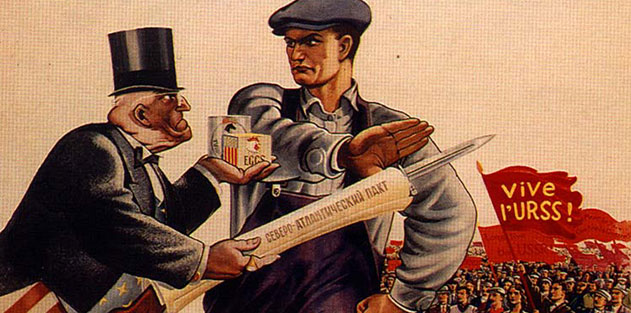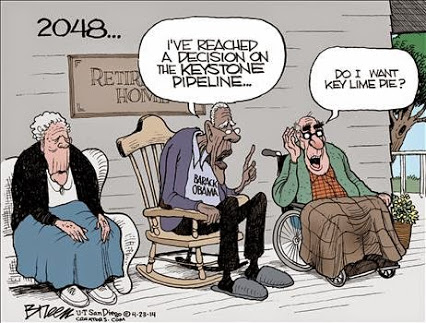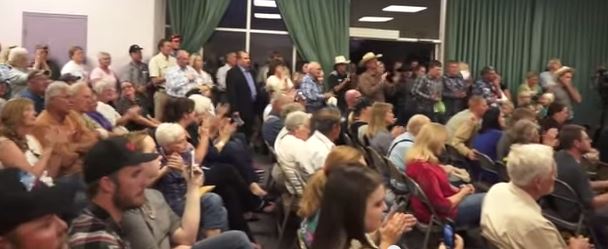Editor’s Note: Pierre-Joseph Proudhon, considered the father of anarchism, might also fairly be considered a founder of the libertarian left. Readers of this publication will find much to disagree with in Proudhon’s work, especially when it comes to his famous line: “Property is theft.”
The institution of private property, far from being a source of subjugation, has undoubtedly been a liberating force for humanity. Indeed, that private property is a precondition of trade also makes it a source of global prosperity. On the whole, private property is indispensable.
But, dear reader, what if we were to read Proudhon’s short piece not with his anti-propertarian lens, but with our own understanding of private property as a force for decentralization and growth? How then might we interpret this work?
By applying the economic way of thinking, we might come to agree with Proudhon that an economic revolution is possible, perhaps even inevitable. Indeed, Proudon seems to forecast globalization. But will globalization—accelerated by more cosmopolitan relationships online—start to erase national boundaries? We’ll have to wait and see. But Proudon’s thesis is provocative, even if it’s over 160 years old.
Nationality, aroused by the state, opposes an invincible resistance to economic unity: this explains why monarchy was never able to become universal. Universal monarchy is, in politics, what squaring the circle or perpetual motion are in mathematics, a contradiction. A nation can put up with a government as long as its economic forces are unorganized, and as long as the government is its own, the nationalism of the power causing an illusion as to the validity of the principle; the government maintains itself through an interminable succession of monarchies, aristocracies and democracies. But if the power is external, the nation feels it as an insult: revolt is in every heart, it cannot last.
What no monarchy, not even that of the Roman emperors has been able to accomplish; what Christianity, that epitome of the ancient faiths has been unable to produce, the universal Republic, the economic Revolution will accomplish, cannot fail to accomplish.
It is indeed with political economy as with other sciences: it is inevitably the same throughout the world: it does not depend upon the fancies of men or nations; it yields to the caprice of none. There is not a Russian, English, Austrian, Tartar, or Hindu political economy, any more than there is a Hungarian, German or American physics or geometry. Truth alone is equal everywhere: science is the unity of mankind.
If then science, and no longer religion or authority, is taken in every land as the rule of society, the sovereign arbiter of interests, government being void, all the legislation of the universe will be in harmony. There will no longer be nationality, no longer fatherland, in the political sense of the words: they will mean only places of birth. Man, of whatever race or colour he may be, is an inhabitant of the universe; citizenship is everywhere an acquired right. As in a limited territory the municipality represents the Republic, and wields the authority, each nation in the globe represents humanity, and acts for it within the boundaries assigned by Nature. Harmony reigns, without diplomacy and without council, among the nations: nothing henceforward can disturb it.
What purpose could there be for entering into diplomatic relations among nations who had adopted the revolutionary programme?
No more governments,
No more conquests,
No more custom houses,
No more international police,
No more commercial privileges,
No more colonial exclusions
No more control of one people by another, one state by another
No more strategic lines,
No more fortresses.
Russia wants to establish herself at Constantinople, as she is established at Warsaw: that is to say, she wants to include the Bosporus and the Caucasus in her sphere. In the first place, the Revolution will not permit it; and to make sure, it will begin by revolutionising Poland, Turkey, and all it can of Russian provinces, until it reaches St. Petersburg. That done, what becomes of the Russian relations at Constantinople and Warsaw? They will be the same as at Berlin and Paris, relations of free and equal exchange. What becomes of Russia itself? It becomes an agglomeration of free and independent nationalities, united only by identity of language, resemblance of occupations, and territorial setting. Under such conditions conquest is meaningless. If Constantinople belonged to Russia, once Russia was revolutionized Constantinople would belong to it neither more nor less than if it had never lost its sovereignty. The Eastern question from the North ceases to exist.
England wants to hold Egypt as she holds Malta, Corfu, Gibraltar, etc. The same answer from the Revolution. It notifies England to refrain from any attempt upon Egypt, to place a limit upon her encroachment and monopoly, and to make sure, it invites her to evacuate the islands and fortresses whence she threatens the liberty of nations and of the seas. It would be truly a strange misconception of the nature and scope of the Revolution to imagine that it would leave Australia and India as the exclusive property of England, as well as bastions with which she hems in the commerce of the continent. The mere presence of the English in Jersey and Guernsey is an insult to France; as their exploitation of Ireland and Portugal is an insult to Europe; as their possession of India and their commerce with China is an outrage upon humanity. Albion, like the rest of the world, must be revolutionized. If necessary to force her, there are people here who would not find it so hard a task. The Revolution completed in London, British privilege extirpated, burnt, thrown to the winds, what would the possession of Egypt mean to England? No more than that of Algiers is to us. All the world could enter, depart, trade at will, arrange for the working of the agricultural, mineral, and industrial resources, the advantages would be the same for all nations. The local power would extend only to the cost of its politics, which the colonists and natives would defray.
There are still among us chauvinists who maintain absolutely that France must recapture her natural frontiers. They ask too much or too little. France is everywhere that her language is spoken, her revolution followed, her manners, her arts, her literature adopted, as well as her measures and her money. Counting thus, almost the whole of Belgium, and the cantons of Neuchâtel, Vaud, Geneva, Savoy, and a part of Piedmont belong to her; but she must lose Alsace, perhaps even a part of Provence, Gascony and Britanny whose inhabitants do not speak French, and some of them have always been of the kings’ and priests’ party against the revolution. But of what are these repetitions? It was the mania for annexation which, under the Convention and the Directory, aroused the distrust of other nations against the Republic, and which, giving us a taste for Bonaparte, brought us to our finish at Waterloo. Revolutionize, I tell you. Your frontiers will always be long enough and French enough if they are revolutionary.
Will Germany be an Empire, a unitary Republic, or a Confederation? This famous problem of Germanic unity which made so much noise some years ago, has no meaning in the face of the Revolution; which proves indeed that there has never been a Revolution. What are the states, in Germany as elsewhere? Tyrannies of different degrees of importance, based on the invariable pretexts, first, of protecting the nobility and upper classes against the lower classes; second, of maintaining the independence of local sovereignty. Against these states the German democracy has always been powerless, and why? Because it moved in the sphere of political rights. Organize the economic forces of Germany, and immediately political circles, electorates, principalities, kingdoms, empires, all are effaces, even the Tariff League: German unity springs out of the abolition of its states. What the ancient Germany needs is not a confederation but a liquidation.
Understand once for all: the most characteristic, the most decisive result of the Revolution is, after having organized labour and property, to do away with political centralization, in a word with the state, and as a consequence to put an end to diplomatic relations among nations, as soon as they subscribe to the revolutionary compact. Any return to the traditions of politics, any anxiety as to the balance of power in Europe, is based on the pretext of nationality and of the independence of states, any proposition to form alliances, to recognize sovereignties, to restore provinces, to change frontiers, would betray, in the organs of the movement, the most complete failure to understand the needs of the age, scorn of social reform, and a predilection for counter-revolution.
The kings may sharpen their swords for their last campaign. The Revolution in the nineteenth century has for its supreme task not so much the overthrow of their dynasties, as the destruction of the last root of their institution. Born as they are to war, educated to war, supported by war, domestic and foreign, of what use can they be in a society of labour and peace? Henceforth there can be no more purpose in war than in refusal to disarm. Universal brotherhood being established upon a sure foundation, there is nothing for the representatives of despotism to do but to take their leave. How is it that they do not see that this always increasing difficulty of existence, which they have experienced since Waterloo, arises, not as they have been made to think, from the Jacobin ideas, which since the fall of Napoleon have again begun to beset the middle classes, but from a subterranean working which has gone on throughout Europe, unknown to statesmen, and which, while developing beyond measure the latent forces of civilization, has made the organization of those forces a social necessity, an inevitable need of revolution?
As for those who, after the departure of kings, still dream of consulates, of presidencies, of dictatorships, of marshalships, of admiralties, and of ambassadorships, they also will do well to retire. The Revolution, having no need for their services, can dispense with their talents. The people no longer want this coin of monarchy: they understand that, whatever phraseology is used, feudal system, governmental system, military system, parliamentary system, system of police, laws and tribunals, and system of exploitation, corruption, lying and poverty, all are synonymous. Finally they know that in doing away with rent and interest, the last remnants of the old slavery, the Revolution, at one blow, does away with the sword of the executioner, the blade of justice, the club of the policeman, the gauge of the custom officer, the erasing knife of the bureaucrat, all those insignia of government which young Liberty grinds beneath her heel.
























